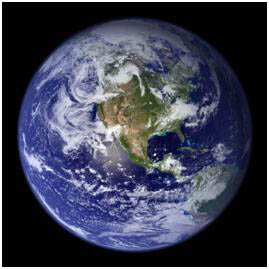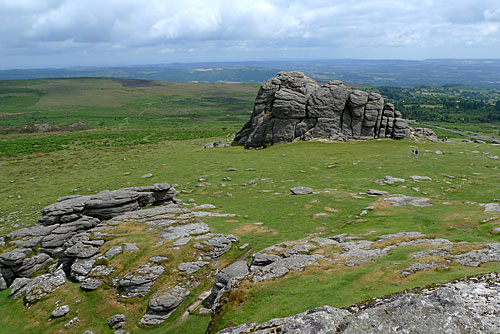The UKs landscape was shaped during the ice ages but in mountainous and high latitudes, glaciers are still carving their way across the land.
Here are some facts about glaciers from National Geographic Kids that I thought would be useful to know:
- Glaciers are huge masses of ice that ‘flow’ like very slow rivers. They form over hundreds of years where fallen snow compresses and turns into ice.
- Glaciers form the largest reservoir of fresh water on the planet. In fact, they store 75% of the world’s fresh water!
- Today, glaciers cover around 10% of the Earth’s total land area. During the last ice age they covered 32%. Brrrr!
- Glaciers are usually divided into two groups – Alpine glaciers, which form on mountainsides and move downward through valleys, and Continental ice sheets, which spread out and cover larger areas.
- The world’s largest glacier is Lambert Glacier, located in Antarctica, measuring approximately 100km wide, 400km long and 2.5km deep!
- Because glacial ice is so dense and compact, it often appears a bright blue!
- The Kutiah Glacier in Pakistan has the record for the fastest glacier surge. In 1953, it moved more then 12km in three months.
- Earth’s two ice sheets cover most of Greenland and Antarctica and make up more than 99% of the world’s glacial ice.
- If the Antarctic ice sheet were to melt entirely, it is estimated that sea levels would rise by around 65m. That means that London would be lost underwater!
- Glacial ice can be hundreds of thousands of years old, which makes it a valuable resource for assessing climate change. By extracting and analysing the ice, scientists can learn about what the climate was like on Earth thousands of years ago!
Glaciers are essentially large masses of densely packed ice that has formed over many years when snow and ice builds up faster than it is removed (ablation) through melting and evaporation. A glacier is formed in an area called a corrie. They are usually a bowl shaped area between mountains where snow can collect and build up easily. Corries are also known as cwms or cirques. The snow is compressed and the air is squeezed out to become névé. Glacial ice will continue to fill the névé until eventually a geological weakening or gap between mountains means the ice mass will start to move down a slope surface.
Erosion and weathering by abrasion, plucking and freeze-thaw action will gradually make the corrie bigger. These processes create a characteristic rounded, armchair shaped hollow with a steep back wall.
When ice in a corrie melts, a circular lake is often formed at the bottom of the hollow. This is known as a tarn.
How do glaciers shape the landscape?
There are three processes by which glaciation affects the landscape, erosion, transportation and deposition. There is an opportunity for some revision here on different processes.
Freeze-thaw weathering describes the action of glacial meltwater on joints, cracks and hollows in rock. When the temperature reaches freezing point, the water inside cracks freezes, expands and causes the cracks to widen. When the temperature rises, the water thaws and contracts. This eventually causes rocks to break up.
Freeze-thaw weathering produces angular rock fragments.
Plucking occurs when rocks and stones become frozen to the base or sides of the glacier and are plucked from the ground or rock face as the glacier moves. It leaves behind a jagged landscape.
Abrasion occurs when rocks and stones become embedded in the base and sides of the glacier. These are then rubbed against the bedrock (at the bottom of the glacier) and rock faces (at the sides of the glacier) as the glacier moves. This causes the wearing away of the landscape as the glacier behaves like sandpaper. It leaves behind smooth polished surfaces which may have scratches in them called striations. Striations are carved out by angular debris embedded in the base of the glacier.
The BBC has a great class clip about the Franz Josef Glacier in New Zealand which gives students an visual idea of the scale of glaciers. It does mention some other key terms which I haven’t looked at yet but I will be looking in more detail at the erosional and depositional landforms in my next blog.
http://www.bbc.co.uk/learningzone/clips/the-franz-josef-glacier-formation-and-flow/3079.html
Or there is this other short video which explains some processes but doesn’t give students chance to see the scale of glaciers.
If a glacier flow meets the sea or ocean a block may break off or calve and an iceberg is formed.





































